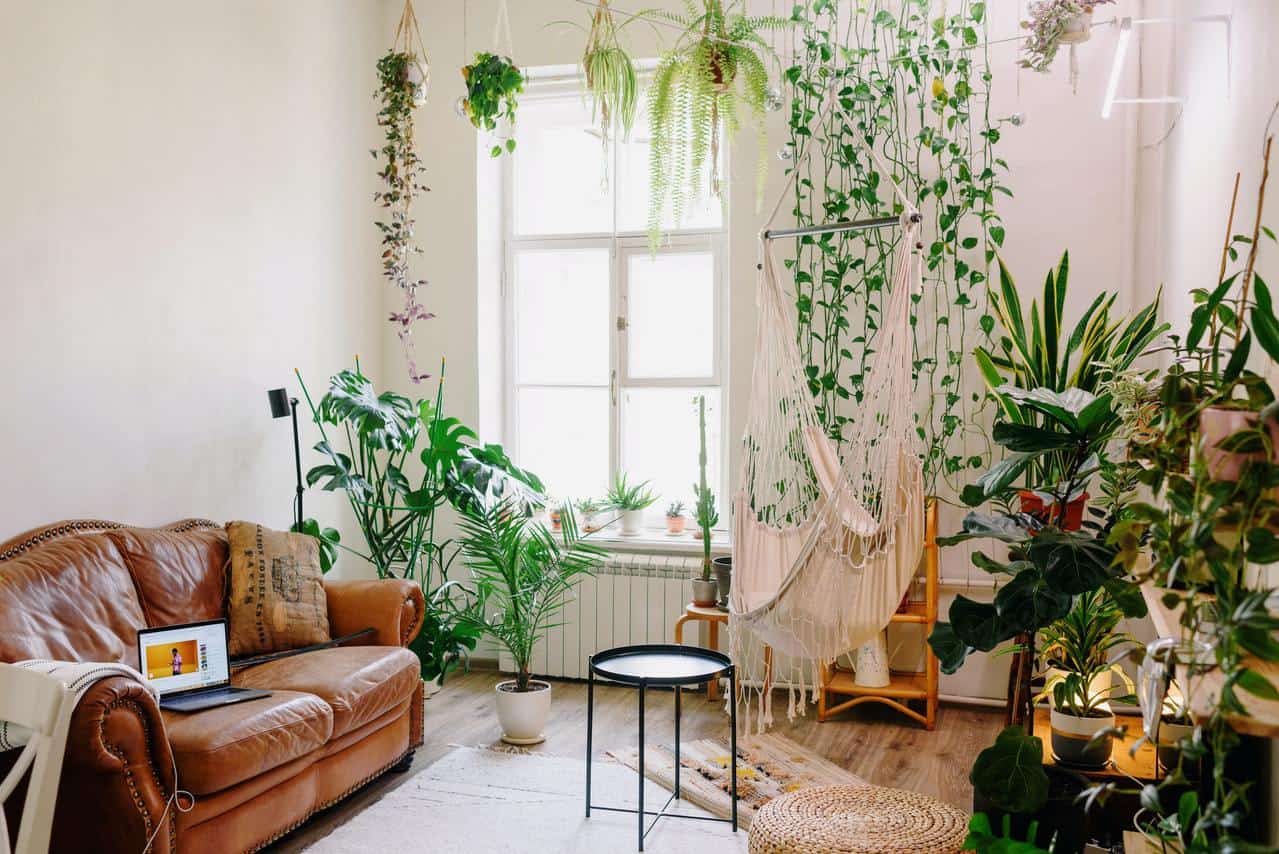Are you looking to add a touch of life to your living room?
Check out these 12 amazing plants that will make your space feel more comfortable and inviting. From ferns to succulents, there’s a plant for everyone on this list.
So get ready to green up your living room decor with some beautiful plants.
1. Boston Fern
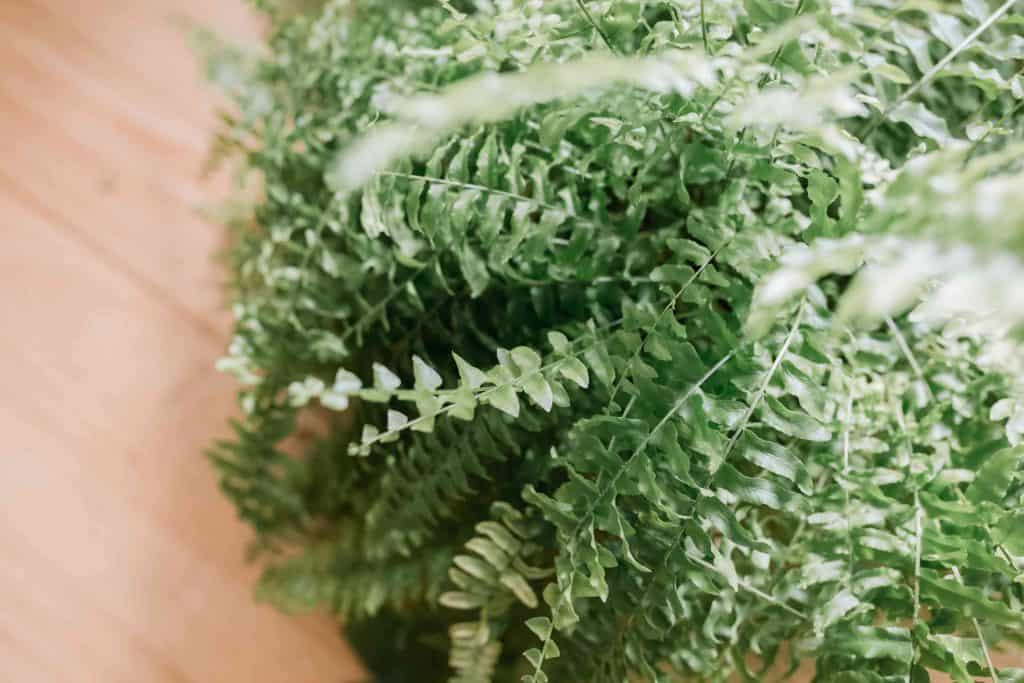
Boston fern (Nephrolepis exaltata), also known as sword fern, is a species of fern in the family Lomariopsidaceae. It is one of the most popular houseplants around. It’s easy to see why.
With its lush, green leaves and easy-care requirements, the Boston fern is an excellent choice for anyone looking for a low-maintenance plant.
Native to the tropics, the Boston fern thrives in humid environments and prefers filtered sunlight. Less is more when it comes to watering. Too much water can lead to root rot.
Let the soil dry out completely between watering. With proper care, your Boston fern will thrive indoors for many years to come.
2. Aloe Vera
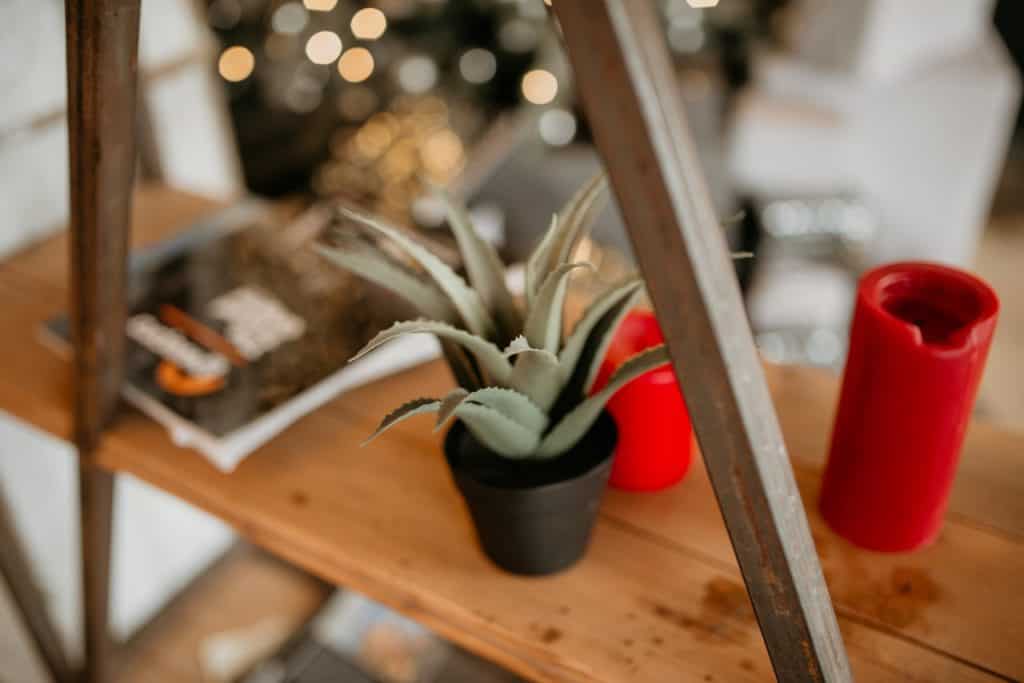
Aloe vera (Aloe barbadensis) is a succulent plant that is native to the countries of Africa, Madagascar, and Arabia. The aloe vera plant can grow up to two feet tall and has long, green leaves with white spots.
The aloe vera plant leaves are thick and fleshy and contain a gel-like substance used in many skincare products.
Aloe vera plants do best in bright, indirect sunlight. Water your plant about once a week or when the soil feels dry to the touch. These plants are drought tolerant and can withstand long periods without water.
However, they will not tolerate soggy soils.
If you notice the leaves of your aloe vera plant turning brown or yellow, it could be a sign of too much direct sunlight. Move your plant to a location with bright, indirect light and reduce the water you give.
Aloe vera plants are also toxic to cats and dogs, so keep this in mind if you have pets.
3. Sundew
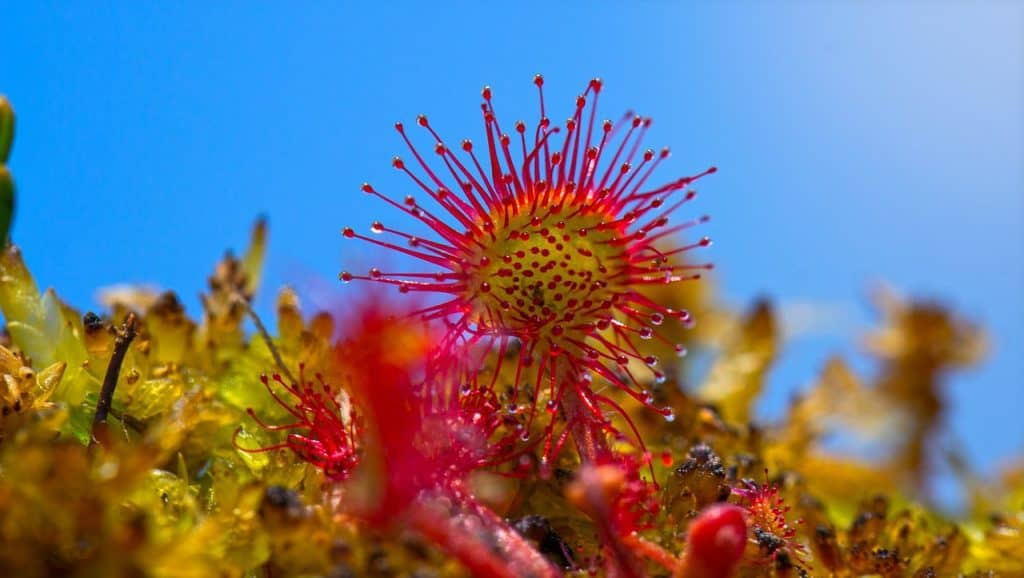
Sundew (Drosera spp.) is a type of carnivorous plant native to tropical and temperate regions worldwide. The plant gets its name from its leaves looking like they are covered in dew.
However, dew is a sticky substance that traps insects. Once an insect is stuck, the sundew will slowly curl its leaves around it and digest it with enzymes.
Some sundews can grow over a foot long, while others are only a few inches wide. Despite their small size, sundews are one of the most efficient carnivorous plants, able to trap and digest a wide range of insects.
The sundew plants are natural flycatchers and mosquito eaters. As a result, they play an essential role in controlling insect populations.
Sundews can be found in various colors, including red, pink, orange, and yellow. Sundews prefer full sun to partial shade and moist, well-drained soils.
4. Peace Lily
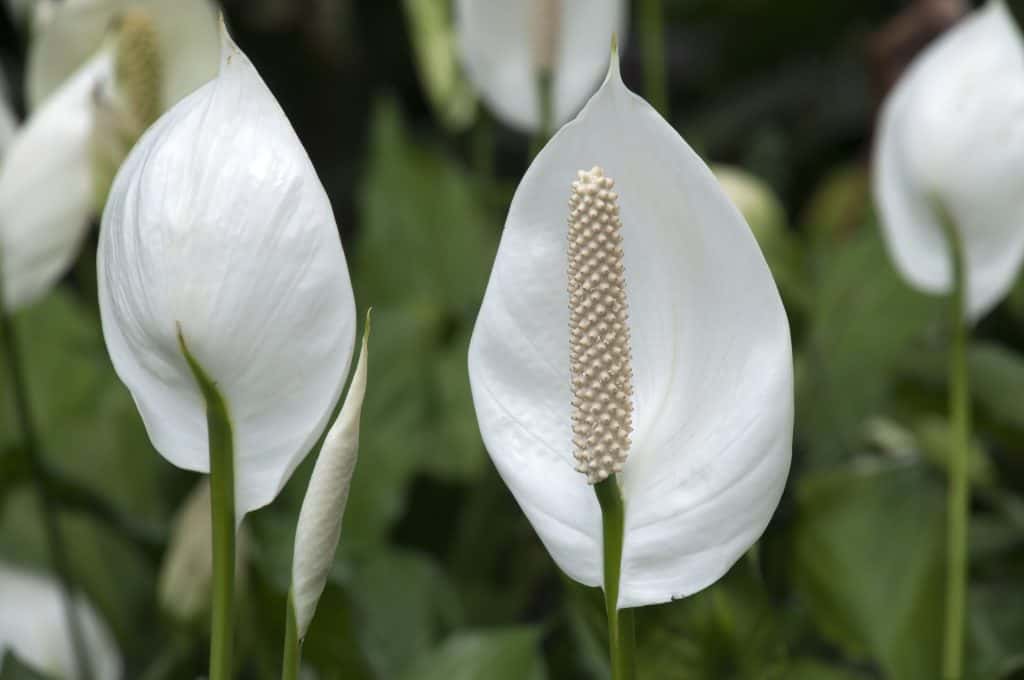
Peace lily (Spathiphyllum spp.) is a flowering plant native to the tropical regions of Asia and South America. The peace lily is a beautiful houseplant that is also easy to care for.
It thrives in low-light conditions and does not require much watering.
Peace lilies are often used to indicate when a plant needs to be watered, as their leaves will droop when they are thirsty. Peace lilies are also known for filtering airborne toxins, ideal plants for indoor spaces.
Move your plant to a location with indirect light and reduce the water you give it. These plants are known to be tolerant of low light conditions, but they will bloom more flowers if they are kept in brighter areas.
5. Snake Plant
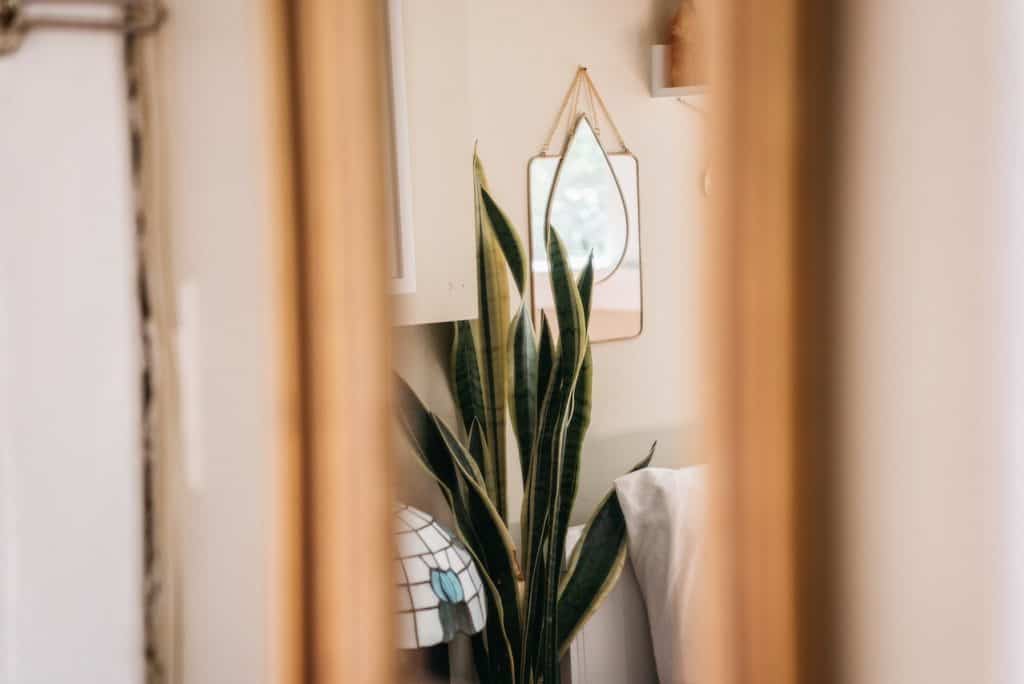
The snake plant (Sansevieria trifasciata), also known as the mother-in-law’s tongue, is a popular houseplant known for its easy care. This plant has long, green leaves with yellow stripes running down the center.
The snake plant is succulent and stores water in its leaves. It makes the plant very tolerant of neglect, and it can go for long periods without water. The snake plant also does well in various lighting conditions, from bright to low light.
However, the snake plant does best in bright light, which helps produce more vibrant leaves. The snake plant is also known for its air-purifying properties.
The plant effectively removes various pollutants from the air, including formaldehyde and nitrogen dioxide. As a result, the snake plant can help to improve the air quality in your home.
6. Chrysanthemums
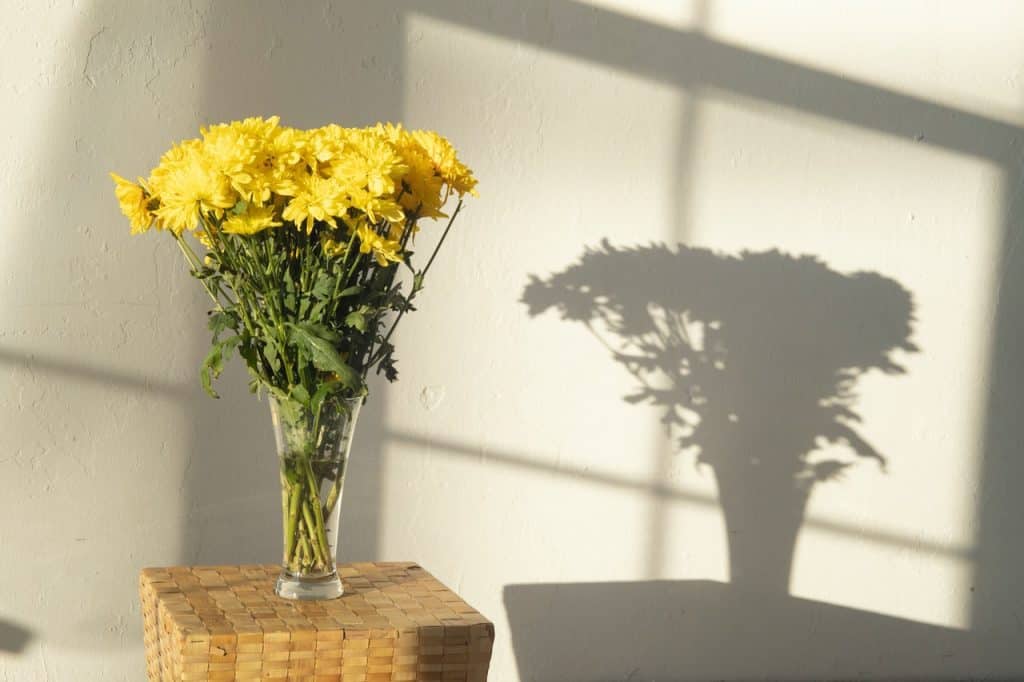
Chrysanthemums (Dendranthema), also known as mums, are among the most popular flowers in the world. Their vibrant colors and wide range of shapes and sizes are a favorite for gardens, bouquets, and vases alike.
Although they are often associated with fall, chrysanthemums can bloom in various seasons. There are more than 40 species of chrysanthemum, each with its unique blooming pattern.
Whether you are looking for a burst of color in spring or a cheerful addition to your winter décor, chrysanthemums are a versatile and timeless choice.
These beautiful blossoms will bring brightness to your home all year round with a little care. They add a touch of beauty to any setting.
7. Spider Plant
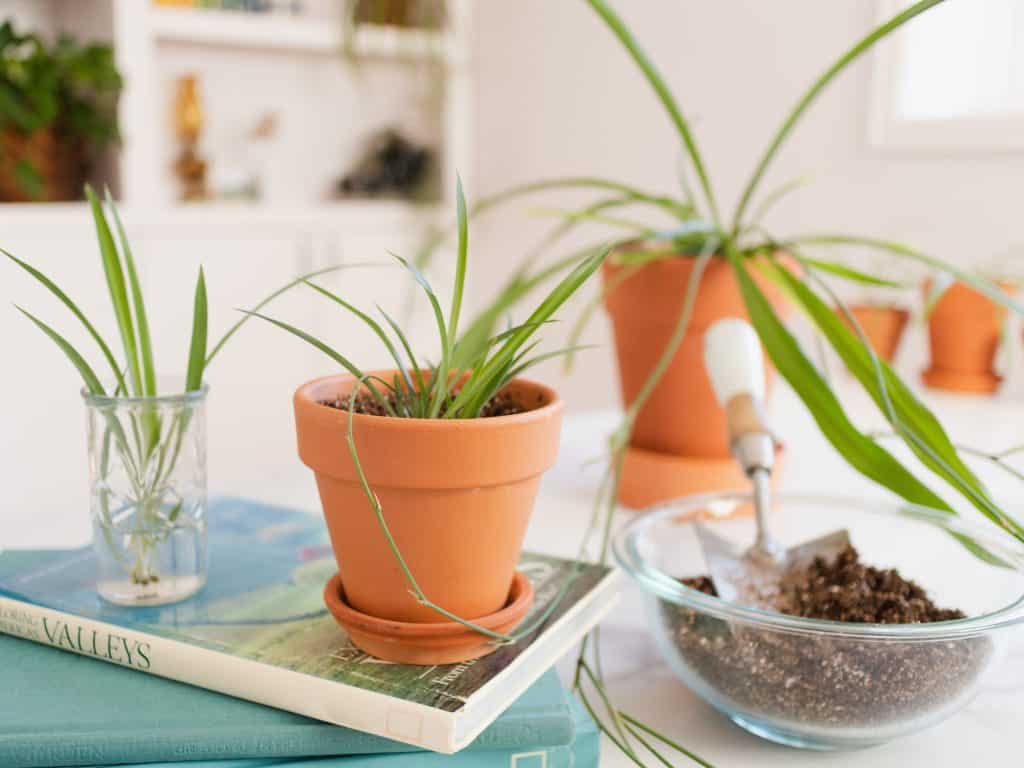
The spider plant (Chlorophytum comosum) is a popular houseplant known for its easy care and ability to thrive in a wide range of conditions. Native to Africa, the spider plant is a member of the lily family.
It gets its common name from the long, narrow leaves that resemble the legs of a spider. The spider plant is a tropical evergreen that can grow up to two feet tall and three feet wide.
It prefers bright, indirect light but can also tolerate low light levels.
Spider plants are very tolerant of drought and can even survive in periods of neglect. However, they will flower and produce more offsets (baby plants) if given regular watering and fertilization.
The spider plant is also known for its air-purifying properties. The plant is effective at removing various pollutants from the air, including formaldehyde and carbon monoxide.
As a result, the spider plant can help to improve the air quality in your home.
8. Monstera
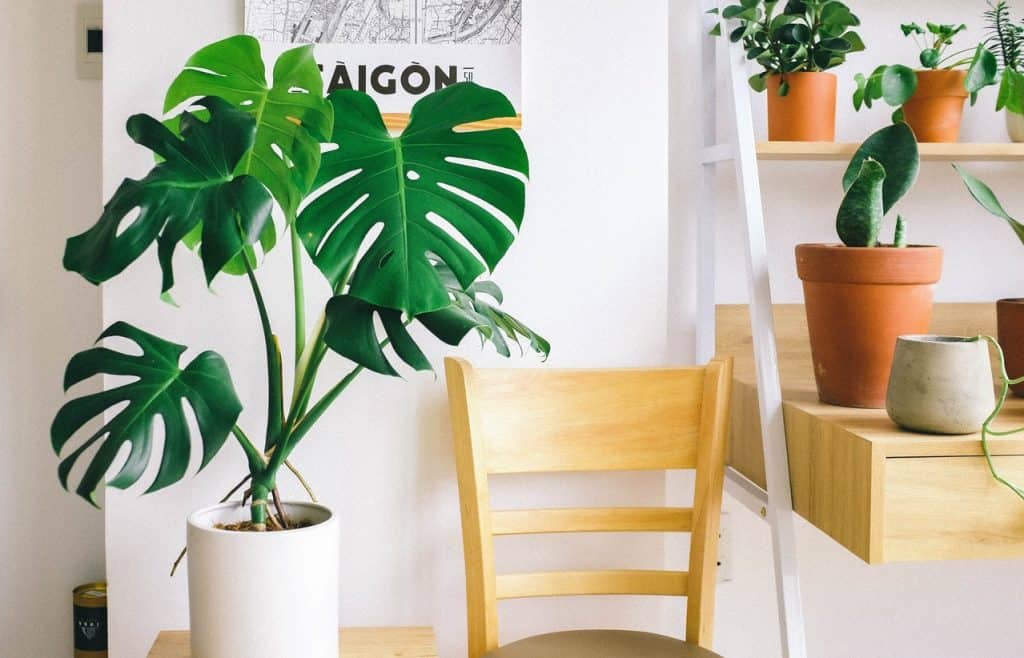
The monstera is a genus of tropical plants native to Central and South America. The most well-known species is the monstera deliciosa, the Swiss-cheese plant.
The monstera is a popular houseplant because it is easy to care for and can tolerate a wide range of growing conditions.
The monstera gets its name from its large, glossy leaves, often covered with distinctive holes or slits. The monstera is an evergreen vine that can grow up to 20 feet in length.
It has aerial roots that help it to climb trees and other structures. The monstera produces small white flowers followed by large, fleshy fruits. These fruits are edible and have a taste that is similar to pineapple.
9. Philodendron Heartleaf
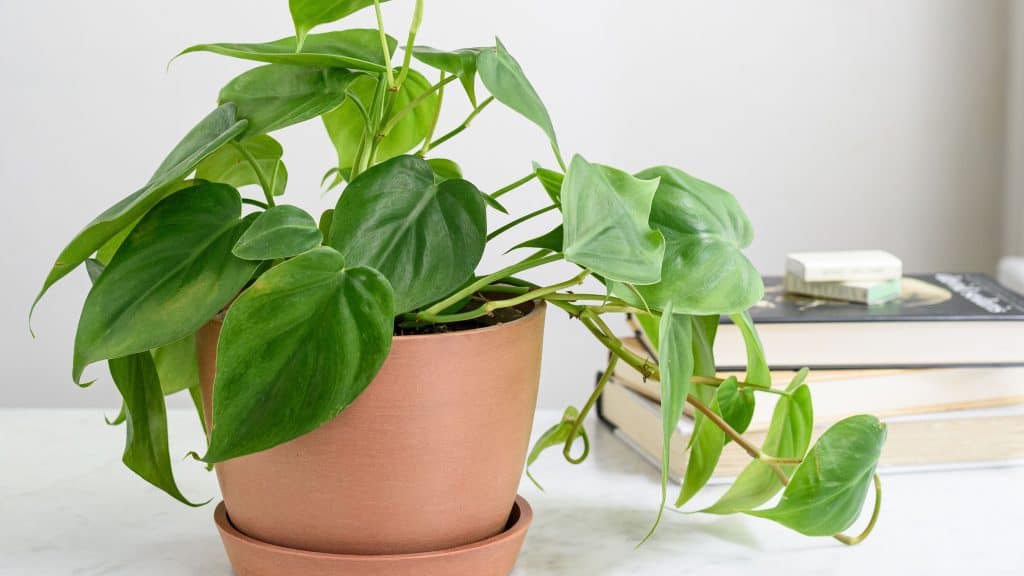
The philodendron heartleaf is a fast-growing plant that is native to the tropical regions of Central and South America. It is a member of the Araceae family, including the anthurium and the alocasia.
The plant gets its name from its heart-shaped leaves, glossy green in color.
The philodendron heartleaf is a popular houseplant because it is easy to care for and requires little maintenance. The plant prefers bright, indirect light and should be watered when the soil is dry to the touch.
Philodendron heartleaf plants are also known for their ability to purify the air. They help remove harmful toxins from the air, making them a refreshing addition to any home or office.
10. Fiddle Leaf Fig
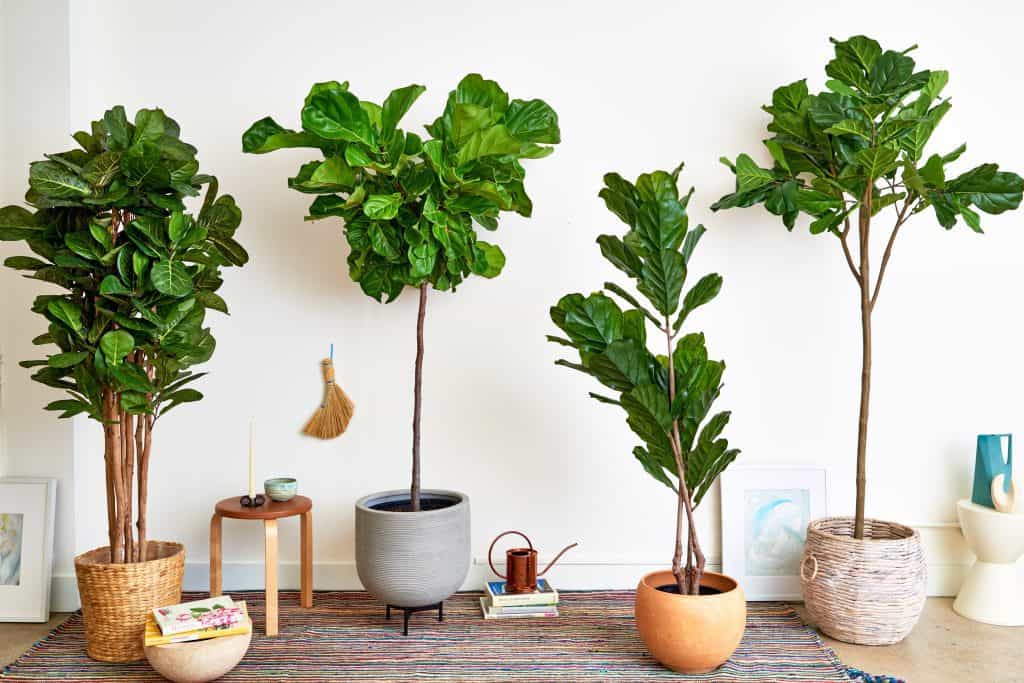
The Fiddle Leaf Fig (Ficus lyrata) is a popular indoor plant from Western Africa. It gets its name from its large, dark green leaves shaped like a fiddle or violin.
The Fiddle Leaf Fig is relatively easy to care for, and it can thrive in a wide range of lighting conditions.
While it prefers bright, indirect light, it can also tolerate lower light levels. One of the most important things to remember when caring for a Fiddle Leaf Fig is not over-watering it.
The soil should be allowed to dry out completely between waterings. This plant is also somewhat finicky, and it can drop its leaves if it doesn’t like its current environment.
11. ZZ Plant
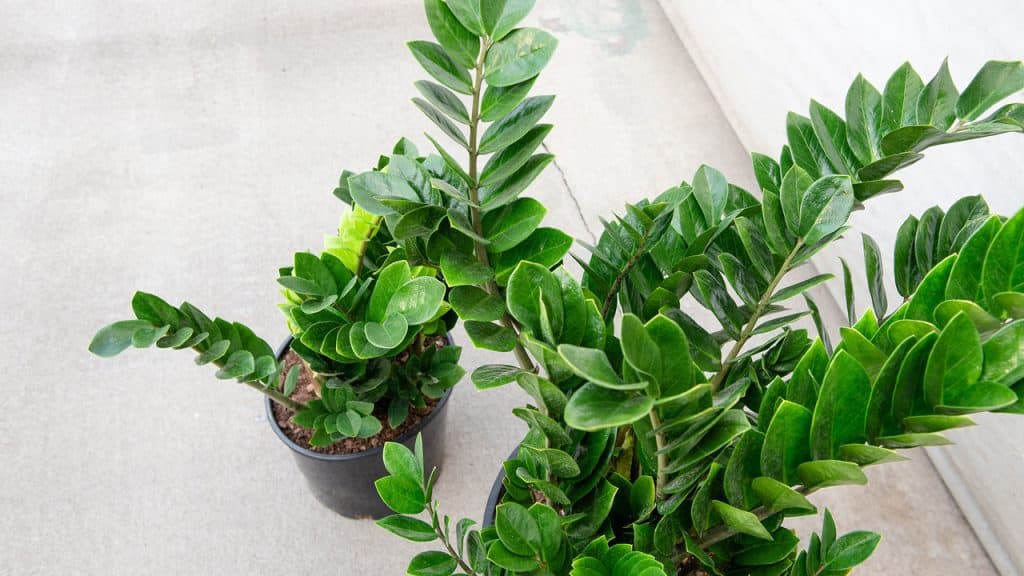
The ZZ plant, or Zamioculcas zamiifolia, is a tropical plant native to Africa. It is a member of the aroid family, including philodendrons and anthuriums.
It has long, elliptical leaves arranged in a spiral pattern on thick, fleshy stems. The leaves are dark green and have a glossy surface.
The plant gets its name from its zig-zag-shaped stems. The ZZ plant is easy to care for, and it is tolerant of low light and drought conditions.
When grown as a houseplant, it can reach up to 3 feet tall. It is an ideal plant for beginners, as it requires little attention and can survive in neglectful conditions.
The ZZ plant makes a beautiful addition to any home with its glossy leaves and striking form.
12. Pothos
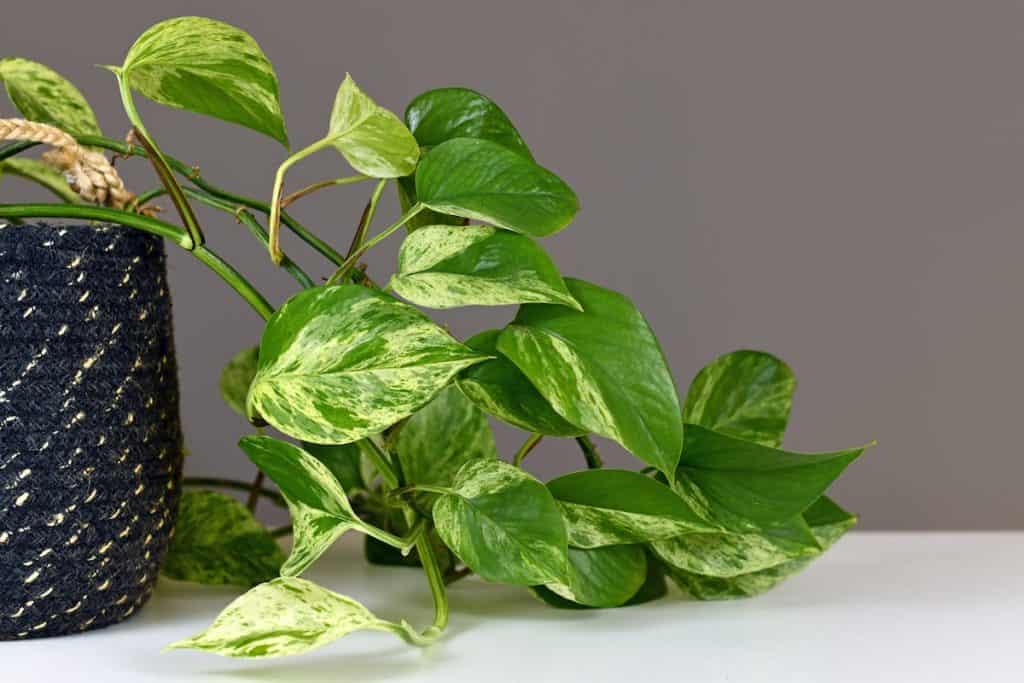
Pothos (Epipremnum aureum), also known as devil’s ivy, is a fast-growing, easy-to-care-for houseplant that can brighten up any indoor space. Pothos is also tolerant of neglect, making it an ideal plant for busy people.
Pothos is a versatile plant that can be grown in a pot or hung from a basket, and it is tolerant of low light conditions.
Although pothos is not typically susceptible to pests or diseases, it can be prone to root rot if overwatered. With regular care, pothos can thrive indoors for many years.
If you’re looking for an easy-care plant for your home, you can’t go wrong with any plants on the above list. They will thrive with a bit of attention and add a touch of elegance to your space.
